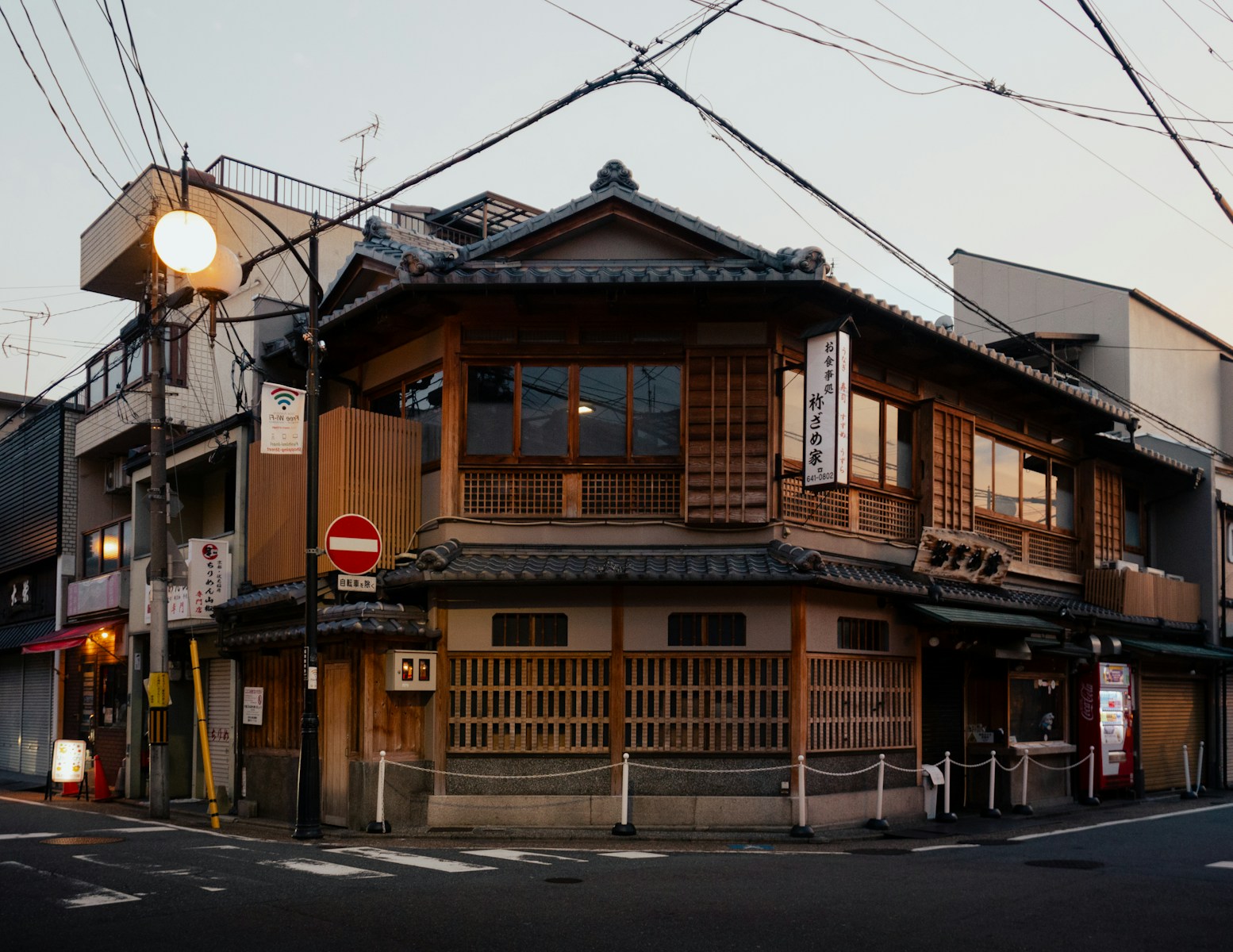In a scientific study, Nakagawa, Saito, and Yamaga (2006) investigates the relation between structural engineering against the earthquake risks and housing rents in the Tokyo Metropolitan Area. By analysing rent fluctuations based on structural engineering quality and risk aversion, the research highlights the significant role that engineering, construction standards, and social laws play in shaping urban housing markets.
Japan’s seismic vulnerability has made earthquake-resistant design a priority in both public and private sectors. The risks of structural collapse during an earthquake drive demand for buildings that conform to advanced engineering standards. In other words, higher the seismic risk, higher should be the investment for construction and in turn higher should be the rent. However, the core finding of the study was that the housing rents are significantly lower in areas with higher seismic risk, particularly for buildings that predate the 1981 Building Standard Law amendment. This amendment introduced stricter earthquake-resistant construction requirements and marked a turning point for engineering in Japan, mandating that buildings be designed to withstand seismic forces, thereby reducing the risk of collapse. The impact of this regulation is most visible in the rent differentials between older and newer buildings, with tenants showing a strong preference for structures that conform to the updated seismic standards.
Buildings constructed under the pre-1981 regulations are particularly prone to seismic damage, as they were not built to modern standards. These structures see the steepest rent discounts in areas with higher earthquake risks. Conversely, newer buildings that meet the revised earthquake-resistant standards, particularly those made of steel-reinforced concrete, command higher rents, even in regions with a high risk of seismic activity. This shows a direct correlation between engineering quality and market behaviour.
Cost-benefit analysis and implications
The authors also studies a cost-benefit analysis of earthquake-proof renovations, focusing on wood-framed apartment buildings in high-risk areas. This analysis is particularly important because it highlights the financial trade-offs that landlords face when considering seismic upgrades. Even with government subsidies, which cover 7.7% of renovation costs, the study finds that the net present value of such investments is often negative for landlords in safer areas. However, in riskier regions, especially for wood-framed buildings, the investment becomes more attractive due to the potential for higher rent increases.
The role of engineering in this analysis is critical. Buildings constructed with more resilient materials, such as steel-reinforced concrete, are less sensitive to earthquake risks, which is reflected in smaller rent discounts in hazardous areas. On the other hand, wood-framed buildings, which are more vulnerable to seismic damage, see greater rent fluctuations based on risk. The study suggests that engineering improvements, such as retrofitting older buildings with modern earthquake-resistant technologies, could make these structures more attractive to tenants and improve landlords’ financial returns, particularly in high-risk zones.
Legislature and impact on engineering
One of the most critical aspects of the study is its analysis of how Japan’s legal framework influences engineering decisions and renovation efforts. The Tenant Protection Law, plays a significant role in discouraging landlords from investing in structural renovations. Under this law, landlords face legal constraints that prevent them from easily evicting tenants or raising rents, even if significant improvements—such as earthquake-proofing—are made to a property.
The effect of this law is twofold: it disincentivizes landlords from upgrading older buildings, and it also leads to an environment where structurally weaker buildings remain unchanged. The legal difficulty of removing tenants or raising rents to cover renovation costs means that even buildings that could benefit from structural improvements remain unchanged. As a result, despite the clear market preference for safer, earthquake-resistant structures, many landlords are unwilling or unable to make the necessary investments due to legal constraints.
While engineering innovations in earthquake-proof construction have the potential to significantly reduce the risk of building collapse, social laws such as the Tenant Protection Law create barriers to widespread implementation of these innovations. The law protects tenants by limiting rent increases and making it difficult for landlords to evict tenants, even if the building undergoes significant safety improvements.
This legal framework effectively limits landlords’ ability to recoup the costs of engineering upgrades through higher rents. As a result, many landlords choose not to invest in renovations, particularly in lower-risk areas where the financial benefits may not outweigh the costs. In higher-risk areas, however, the potential for rent increases due to seismic improvements may justify the investment, particularly for older, wood-framed buildings.
Policy recommendations
The study’s findings have important policy implications for earthquake risk management and housing policy in Japan. One recommendation is to revise the Tenant Protection Law to provide more flexibility for landlords who invest in seismic safety improvements. By allowing landlords to raise rents in proportion to the safety benefits provided by engineering upgrades, the law could incentivize more widespread adoption of earthquake-resistant technologies.
Additionally, the study suggests increasing government subsidies for earthquake-proof renovations, particularly for older buildings in high-risk areas. These subsidies would not only help cover the cost of engineering improvements but also encourage landlords to invest in structural upgrades that could reduce the risk of building collapse during an earthquake.
From an engineering perspective, the study highlights the need for continued innovation in seismic-resistant building materials and construction techniques. As the data shows, buildings made of more resilient materials, such as steel-reinforced concrete, are less sensitive to earthquake risk and command higher rents in high-risk areas. By improving the quality and affordability of earthquake-resistant construction methods, Japan can reduce the overall vulnerability of its housing stock to seismic hazards.
Conclusion
The relationship between earthquake risk, engineering quality, and housing rents in the Tokyo Metropolitan Area provides valuable insights into how natural disasters shape real estate markets. The study by Nakagawa, Saito, and Yamaga (2006) demonstrates that earthquake-resistant construction is not only a critical engineering challenge but also a key factor in determining housing rents. While engineering innovations have made modern buildings more resilient to seismic activity, social laws such as the Tenant Protection Law limit the ability of landlords to invest in these improvements.
To create a safer and more resilient urban environment, Japan must balance the need for tenant protection with the importance of encouraging investment in earthquake-resistant technologies. By revising social laws and increasing government support for engineering upgrades, Japan can reduce its vulnerability to seismic disasters while ensuring that its housing market remains competitive and safe for all residents.
References
Nakagawa, M., Saito, M., & Yamaga, H. (2006). Earthquake risk and housing rents: Evidence from the Tokyo Metropolitan Area. Regional Science and Urban Economics, 37(1), 87–99. https://doi.org/10.1016/j.regsciurbeco.2006.06.009








